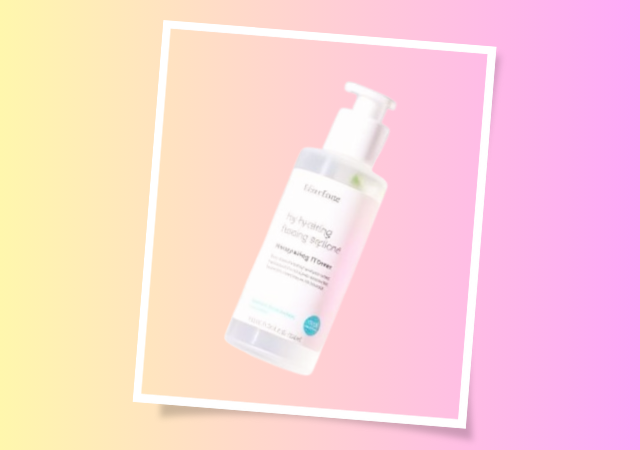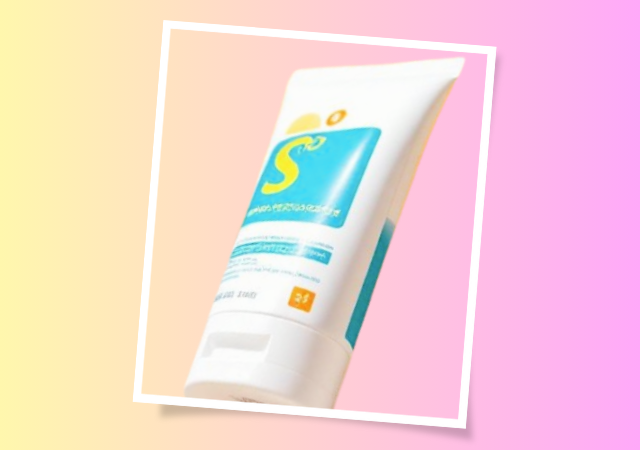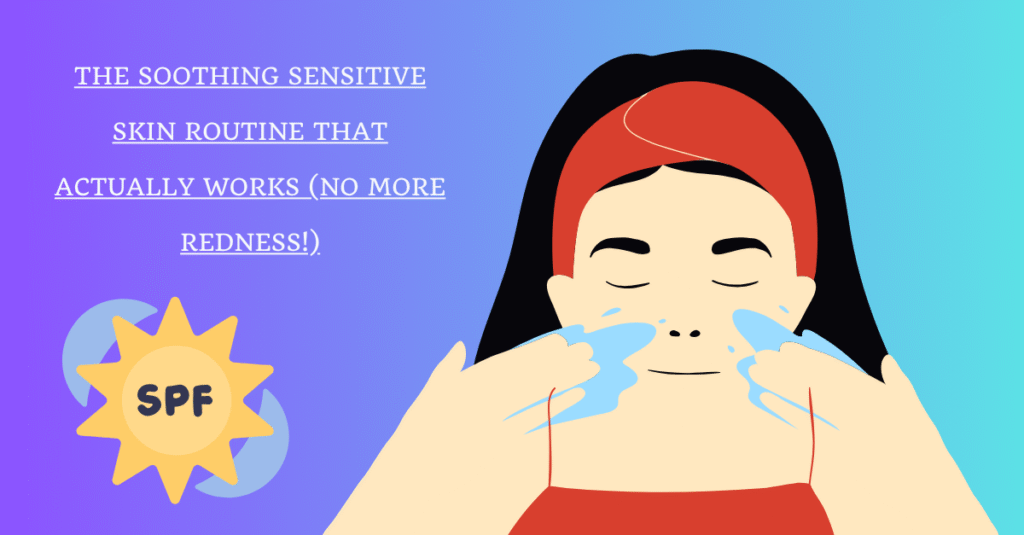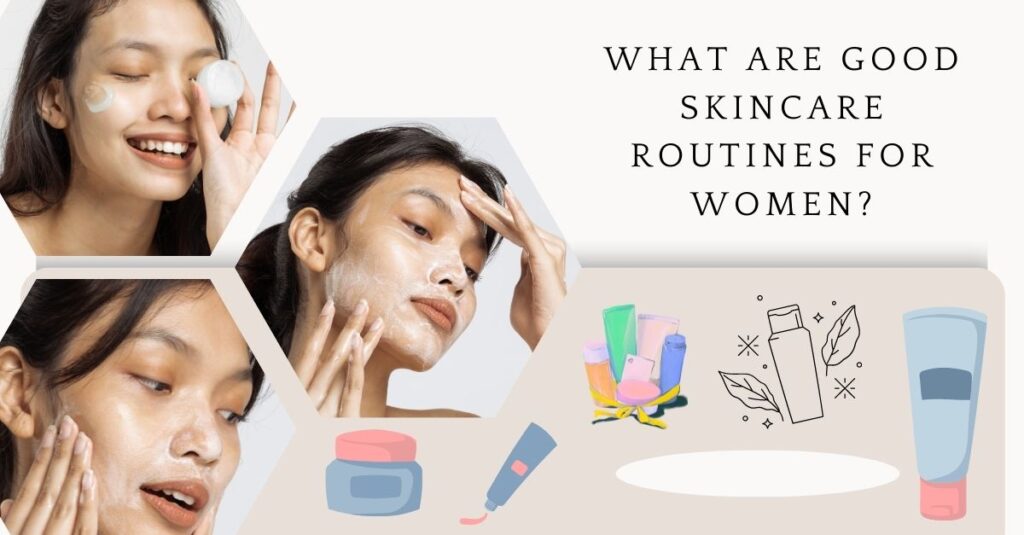The Soothing Sensitive Skin Routine That Actually Works (No More Redness!)
Introduction:
If your skin flares up at the mere thought of a new skincare product, you’re not alone. Sensitive skin is like that one friend who takes everything personally—sudden redness, stinging sensations, dryness that won’t quit. You’ve probably tried a dozen products promising “calm” and “soothe,” only to end up with more irritation. Frustrating, right?
But here’s the good news: sensitive skin doesn’t have to be a lifelong battle. The right routine—simple, gentle, and backed by dermatology—can make all the difference. No gimmicks, no miracle cures, just science-backed steps that actually work.
In this guide, we’ll walk you through a foolproof daily skincare routine designed to:
-
Reduce redness and irritation
-
Strengthen your skin barrier
-
Keep hydration locked in
-
Prevent future flare-ups
Whether your sensitivity comes from genetics, environmental factors, or over-exfoliation, this routine is your roadmap to calmer, happier skin. Let’s dive in.
The Soothing Sensitive Skin Routine That Actually Works (No More Redness!)
Step 1: The Right Cleanser (No Stripping Allowed)

Why Cleansing Matters More Than You Think
Cleansing is where most sensitive skin routines go wrong. Harsh surfactants (looking at you, sodium lauryl sulfate) strip away natural oils, leaving skin tight, dry, and primed for irritation.
What to Look for in a Cleanser
-
Cream or gel-based formulas (no foaming agents)
-
pH-balanced (around 5.5) to match skin’s natural acidity
-
Fragrance-free and dye-free (zero unnecessary irritants)
Top Picks for Gentle Cleansing
-
CeraVe Hydrating Cleanser – Packed with ceramides and hyaluronic acid, this cleanser removes dirt without disrupting your moisture barrier.
-
La Roche-Posay Toleriane Hydrating Gentle Cleanser – A fan favorite for ultra-sensitive skin, thanks to its prebiotic-infused formula.
-
Vanicream Gentle Facial Cleanser – Dermatologist-recommended and free of common irritants like sulfates and parabens.
How to Cleanse Properly
-
Use lukewarm water (hot water worsens redness).
-
Massage gently with fingertips—no scrubbing!
-
Pat dry with a clean microfiber towel (regular towels can harbor bacteria).
Step 2: Hydrating Toner (Skip the Alcohol!)

Why Toner Isn’t Just an Extra Step
A good toner should rebalance your skin’s pH after cleansing and prep it for better absorption of serums and moisturizers. Unfortunately, many toners are loaded with alcohol and astringents—big no-nos for sensitive skin.
What to Look for in a Toner
-
Alcohol-free (check for “denatured alcohol” on labels)
-
Soothing ingredients like aloe vera, chamomile, or centella asiatica
-
Hydrating boosters like glycerin or hyaluronic acid
Best Toners for Sensitive Skin
-
Klairs Supple Preparation Unscented Toner – A cult favorite for its ultra-hydrating, irritation-free formula.
-
Paula’s Choice Enriched Calming Toner – Packed with antioxidants and ceramides to reinforce the skin barrier.
-
Avene Thermal Spring Water Spray – Not a traditional toner, but a lifesaver for instant redness relief.
How to Apply Toner Correctly
-
Apply to damp skin (right after cleansing).
-
Press into skin with hands—no rough cotton pads needed.
-
Let it absorb for 30 seconds before moving to the next step.
Step 3: Lightweight Moisturizer (Lock in That Hydration)

Why Moisturizer Is Non-Negotiable
Even if your skin feels oily, skipping moisturizer can worsen sensitivity. When your skin barrier is compromised (hello, redness!), it loses water faster, leading to dryness and irritation.
What to Look for in a Moisturizer
-
Ceramides and fatty acids (repair the skin barrier)
-
Hyaluronic acid or squalane (lightweight hydration)
-
No fragrance or essential oils
Best Moisturizers for Sensitive Skin
-
Vanicream Daily Facial Moisturizer – A simple, no-frills formula that never irritates.
-
Aveeno Calm + Restore Oat Gel Moisturizer – Oat kernel extract soothes inflammation instantly.
-
Dr. Jart+ Cicapair Tiger Grass Cream – A hero for redness-prone skin, thanks to centella asiatica.
How to Apply for Maximum Benefits
-
Use a pea-sized amount (too much can clog pores).
-
Press (don’t rub) into skin to avoid friction.
-
Let it absorb fully before sunscreen.
Step 4: Sunscreen (Your Skin’s Best Defense)

Why SPF Is the Most Important Step
UV rays weaken the skin barrier, making sensitivity worse. Even on cloudy days, skipping sunscreen = inviting redness and irritation.
What to Look for in a Sunscreen
-
Mineral (zinc oxide or titanium dioxide) – Less irritating than chemical filters.
-
SPF 30-50 (broad-spectrum protection).
-
No white cast (look for micronized formulas).
Best Sunscreens for Sensitive Skin
-
EltaMD UV Clear Broad-Spectrum SPF 46 – A dermatologist favorite with niacinamide to calm redness.
-
CeraVe Hydrating Mineral Sunscreen SPF 30 – Lightweight and packed with ceramides.
-
La Roche-Posay Anthelios Mineral SPF 50 – Ultra-gentle, even for rosacea-prone skin.
How to Apply Sunscreen Properly
-
Use 1/4 teaspoon for the face.
-
Reapply every 2 hours if outdoors.
-
Layer over moisturizer, not mixed in.
Nighttime Routine: Repair While You Sleep

Step 1: Double Cleanse (If Wearing SPF/Makeup)
-
First cleanse: Oil-based (try Clinique Take the Day Off Balm).
-
Second cleanse: Same gentle cleanser from the morning.
Step 2: Hydrating Serum (Optional but Helpful)
-
Niacinamide (2-5%) – Reduces redness and strengthens the barrier.
-
Avoid strong actives (retinol, vitamin C) unless your skin tolerates them.
Step 3: Night Cream (Rich but Non-Clogging)
-
CeraVe PM Facial Moisturizing Lotion – Light yet deeply repairing.
-
Avene Tolerance Control Soothing Skin Recovery Cream – Sterile packaging prevents contamination.
Weekly Treatments (Proceed with Caution!)
-
1-2x a week: Hydrating sheet masks (try Dr. Jart+ Ceramidin).
-
If needed: 5% lactic acid (The Ordinary) for gentle exfoliation.
-
Avoid: Physical scrubs, strong acids, and fragranced treatments.
Final Thoughts: (The Soothing Sensitive Skin Routine That Actually Works (No More Redness!)
Sensitive skin thrives on simplicity and patience. Stick to this routine for at least 4 weeks before expecting major changes. And remember—less is more.
Found a product that works? Don’t fix what isn’t broken!
Now, we’d love to hear from you: What’s your holy grail sensitive skin product? Drop it in the comments!
Read More: What Are Good Skincare Routines For Women?

My name is Rohit Vagh and I’m a content writer specializing in fashion and lifestyle. I have three years of experience in this field and have written various articles. My writing style is creative and engaging, and I strive to create content that resonates with my readers. I have a deep passion for fashion and am constantly researching the latest trends and styles to make sure my readers are up to date. I’m excited to continue my career in blogging, and I’m always looking for new opportunities in the fashion and lifestyle space.





